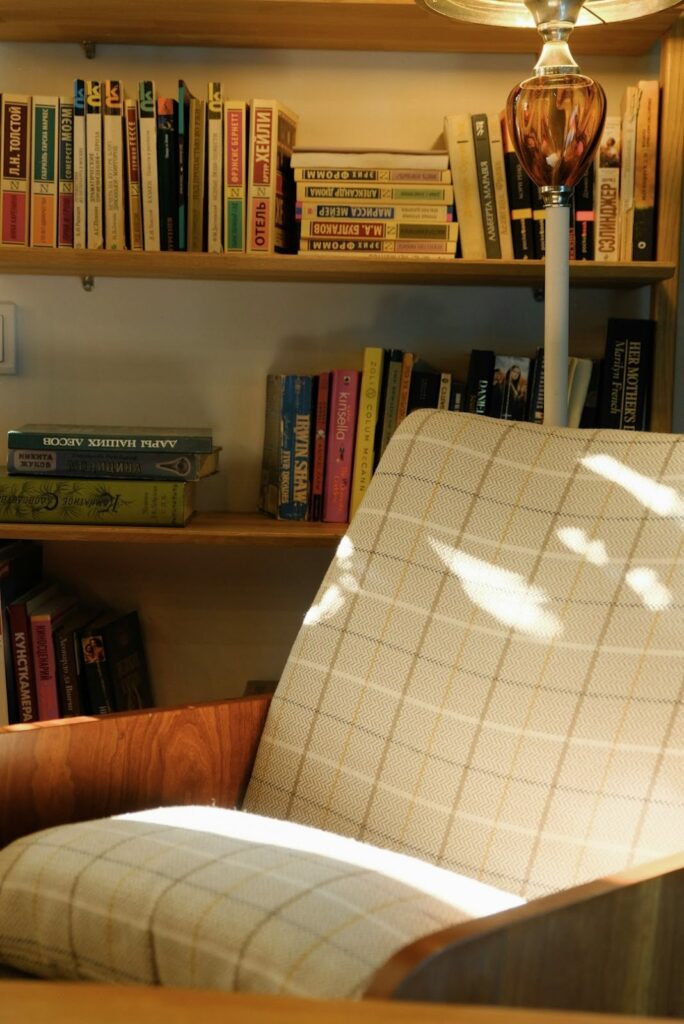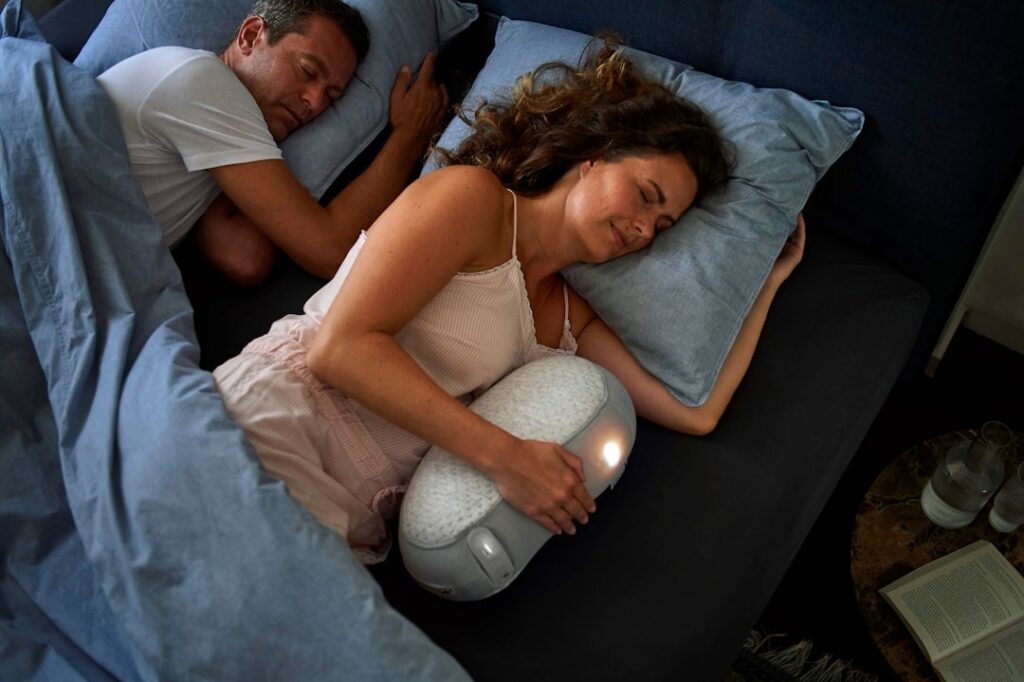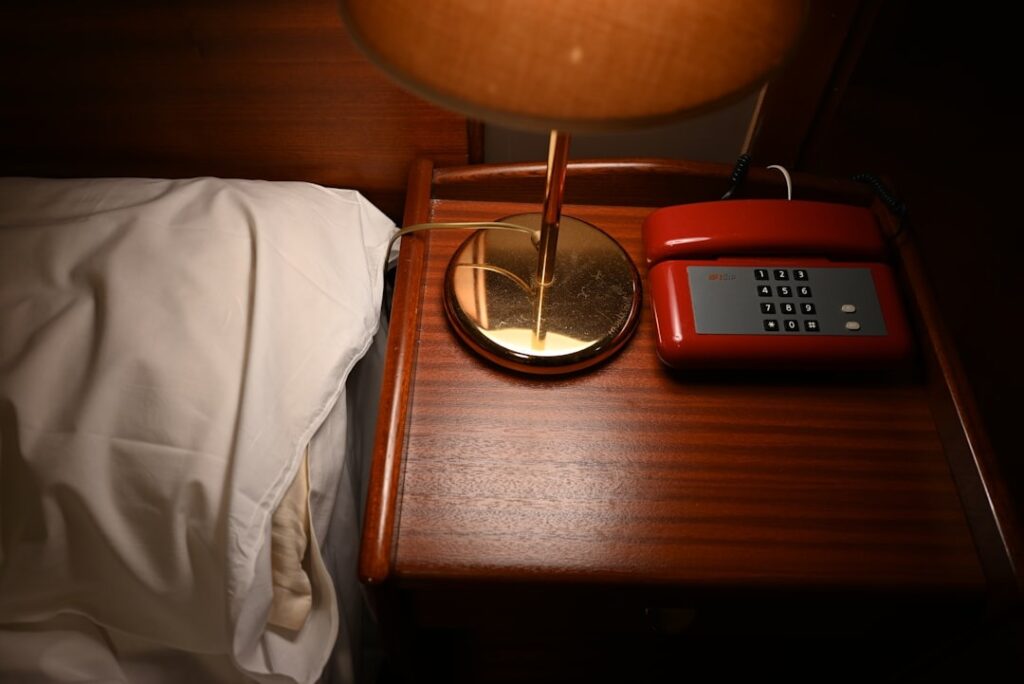
by Alex Butsko (https://unsplash.com/@alexbutsko)
In today’s fast-paced world, sleep disorders are becoming increasingly common. From sleep apnea to insomnia, these conditions can significantly impact our quality of life. Fortunately, advances in technology have paved the way for innovative solutions that allow for diagnosing sleep disorders right from the comfort of your home.
Understanding Sleep Disorders
Sleep disorders are conditions that affect the quality, timing, and amount of sleep. They can lead to daytime distress and impaired functioning. Common sleep disorders include insomnia, sleep apnea, restless legs syndrome, and narcolepsy. Diagnosing these conditions traditionally required an overnight stay at a sleep clinic, but now, home-based sleep studies offer a more convenient alternative.

by Somnox Sleep (https://unsplash.com/@somnoxsleep)
The Rise of Home-Based Sleep Studies
Home-based sleep studies are changing the landscape of sleep disorder diagnosis. These studies allow individuals to be evaluated in their natural sleep environment, providing a more accurate picture of their sleep habits and issues. This method is not only convenient but often more comfortable for the patient, as it eliminates the stress and unfamiliarity of a clinical setting.
Benefits of Diagnosing Sleep Disorders at Home
- Convenience: Home sleep tests eliminate the need to travel to a clinic, allowing you to conduct the test in your own bed.
- Cost-Effective: Home tests are generally less expensive than in-lab studies.
- Comfort: Being in your own environment can lead to a more natural sleep pattern, yielding more accurate results.
- Accessibility: Remote monitoring technology makes it easier for people in rural or underserved areas to access sleep disorder diagnostics.
At-Home Sleep Apnea Tests
Sleep apnea is one of the most common sleep disorders, characterized by interrupted breathing during sleep. At-home sleep apnea tests are designed to diagnose this condition by measuring airflow, breathing patterns, and other vital signs while you sleep.
How At-Home Sleep Apnea Tests Work
These tests typically involve a small device that you wear overnight. It records data related to your breathing patterns, oxygen levels, and heart rate. The test is usually conducted over one or two nights, and the data is then analyzed by a healthcare professional to determine if sleep apnea is present.
Choosing the Right Home Sleep Test
When selecting a home sleep test, consider factors like ease of use, accuracy, and the level of detail provided in the results. It’s important to consult with a healthcare provider to ensure the test is appropriate for your symptoms and needs.

by Kristin Snippe (https://unsplash.com/@frausnippe)
Remote Sleep Monitoring Technology
Advancements in remote sleep monitoring technology have made it possible to track sleep patterns and diagnose disorders from afar. Wearable devices and smartphone apps can monitor sleep cycles, detect disturbances, and provide insights into sleep quality.
The Role of Technology in Sleep Disorder Diagnosis
Technology plays a crucial role in expanding access to sleep disorder diagnostics. Devices equipped with sensors can record and transmit data to healthcare providers, facilitating timely and accurate diagnosis without the need for in-person visits.
Popular Sleep Monitoring Devices
- Wearable Trackers: Devices like smartwatches and fitness bands can track sleep duration and quality.
- Smartphone Apps: Many apps are designed to analyze sleep patterns using the phone’s sensors.
- Advanced Sleep Systems: These include specialized devices that offer comprehensive sleep analysis and are often used in conjunction with professional medical advice.
The Future of Sleep Disorder Diagnosis
As technology continues to evolve, the future of sleep disorder diagnosis looks promising. Innovations in artificial intelligence and machine learning could further enhance the accuracy and efficiency of home-based sleep tests.
Emerging Trends in Sleep Technology
- AI-Powered Analysis: Artificial intelligence can process vast amounts of sleep data to identify patterns and predict disorders.
- Integration with Healthcare Systems: Seamless integration with electronic health records could enable better management and treatment of sleep disorders.
- Personalized Sleep Solutions: Tailored treatment plans based on individual sleep data could improve outcomes and patient satisfaction.
Getting Started with Home Sleep Tests
If you suspect a sleep disorder, consult with a healthcare provider to discuss your symptoms and determine the best course of action. They can guide you in selecting the right home sleep test and interpreting the results.
Steps to Conduct a Home Sleep Test
- Consultation: Speak with a healthcare provider to evaluate your symptoms.
- Selection: Choose a home sleep test that suits your needs.
- Preparation: Follow the instructions provided with the test kit.
- Testing: Conduct the test over the recommended period.
- Analysis: Submit the results for professional evaluation.
Conclusion
Home-based sleep studies and remote monitoring technologies offer innovative solutions for diagnosing sleep disorders conveniently and effectively. These advancements not only make sleep disorder diagnostics more accessible but also improve the quality of care for individuals experiencing sleep-related issues.
By embracing these technologies, individuals can take proactive steps towards better sleep health, ultimately enhancing their overall well-being. If you’re experiencing sleep problems, consider exploring these home-based options and consult with a healthcare provider to start your journey towards restful, restorative sleep.

